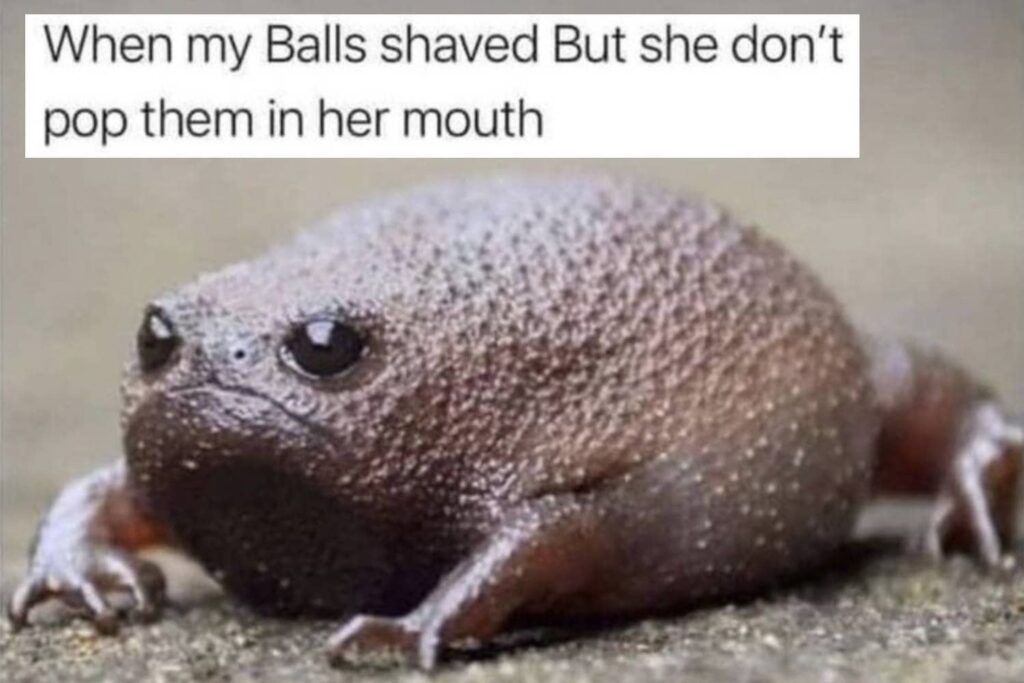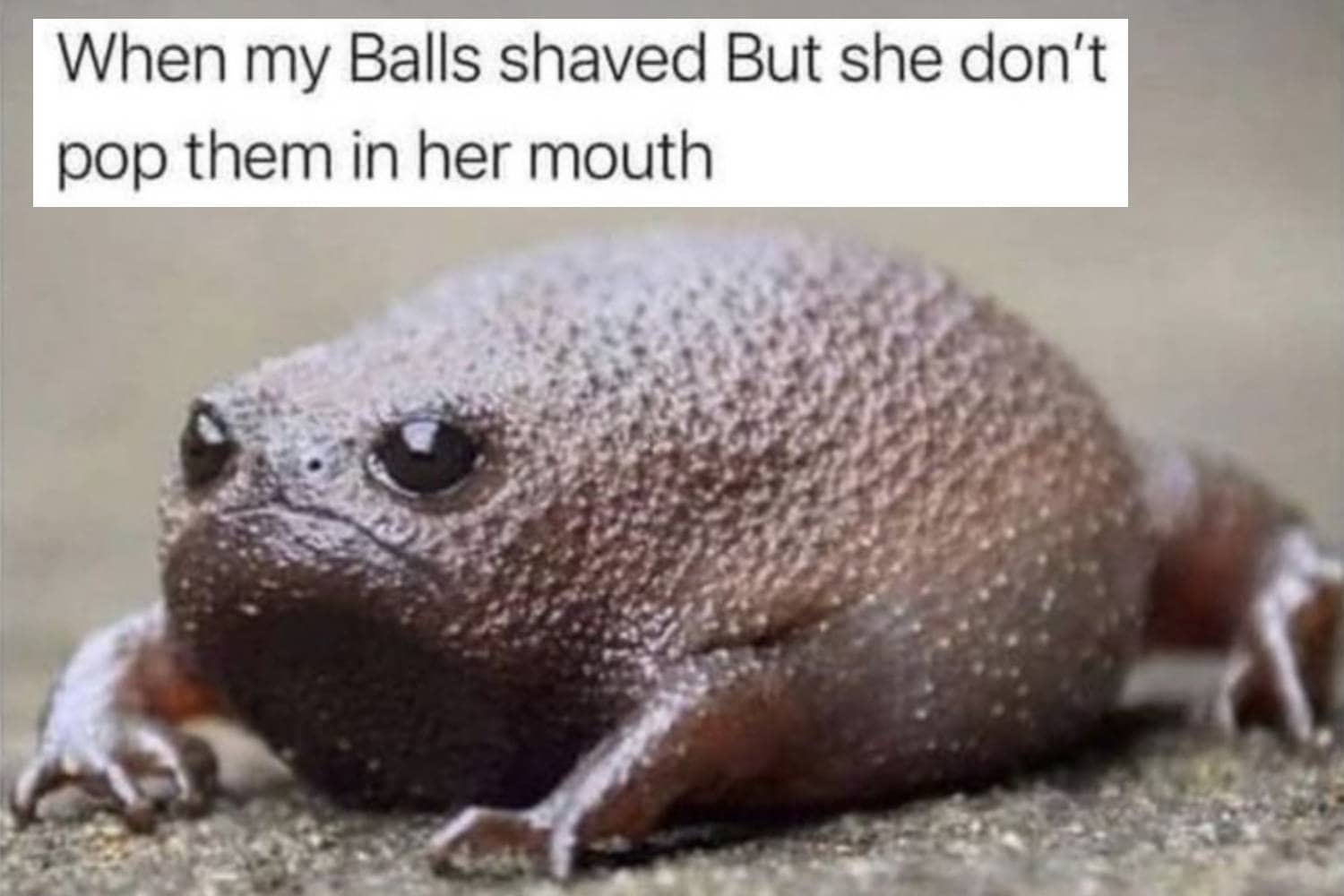
Decoding Nasty Memes: Humor, Harm, and the Internet’s Dark Side
The internet, a vast and often chaotic landscape, has given rise to a unique form of communication: the meme. While many memes are lighthearted and humorous, a darker side exists – the realm of nasty memes. These digital creations, often characterized by offensive humor, stereotypes, or even outright hate speech, raise important questions about the boundaries of online expression and the potential for harm. This article will delve into the world of nasty memes, exploring their origins, analyzing their impact, and examining the ethical considerations they present.
The Evolution of Memes: From Harmless Fun to Something More Sinister
The concept of a meme, as defined by Richard Dawkins in his 1976 book *The Selfish Gene*, refers to an idea, behavior, or style that spreads from person to person within a culture. In the digital age, memes have taken on a new form, typically involving images, videos, or text that are rapidly disseminated across the internet. Early internet memes were often simple and innocuous, such as the “Dancing Baby” or “All Your Base Are Belong to Us.” However, as the internet has matured, so too has the complexity and diversity of memes. Some of these memes, unfortunately, have crossed the line into what we now consider nasty memes.
Defining Nasty Memes: What Makes a Meme ‘Nasty’?
The term “nasty memes” is subjective and can encompass a wide range of content. Generally, nasty memes are those that are considered offensive, harmful, or discriminatory. They may target individuals or groups based on their race, ethnicity, gender, sexual orientation, religion, or other characteristics. Nasty memes often employ stereotypes, slurs, or other forms of hate speech. What one person considers a harmless joke, another may find deeply offensive and hurtful. Context also plays a crucial role in determining whether a meme is “nasty.” A meme that might be acceptable within a specific online community could be considered inappropriate or even illegal in a different context.
The Anatomy of a Nasty Meme: Deconstructing the Humor
Many nasty memes rely on shock value and the transgression of social norms for their humor. They may use irony, sarcasm, or satire to mask their underlying message. Often, the humor is at the expense of marginalized groups, reinforcing harmful stereotypes and contributing to a climate of intolerance. The anonymity afforded by the internet can embolden individuals to create and share nasty memes that they would never express in a face-to-face setting. The rapid spread of these memes can normalize offensive content and desensitize individuals to its potential harm.
The Impact of Nasty Memes: Psychological and Social Consequences
The impact of nasty memes can be significant, both on individuals and society as a whole. For individuals, exposure to nasty memes can lead to feelings of anger, sadness, anxiety, and even depression. Victims of targeted harassment through nasty memes may experience significant emotional distress and social isolation. The constant bombardment of offensive content can also contribute to a sense of alienation and distrust. Socially, nasty memes can contribute to the polarization of society and the erosion of civility. They can reinforce harmful stereotypes and normalize discriminatory behavior. The spread of nasty memes can also contribute to the radicalization of individuals, particularly young people, who may be exposed to extremist ideologies through online platforms. [See also: Online Radicalization and the Spread of Misinformation]
Examples of Nasty Memes: A Cautionary Look
While it’s important to understand the nature of nasty memes, it’s also crucial to avoid perpetuating them. Therefore, this section will focus on analyzing the *types* of nasty memes rather than providing specific examples that could be considered offensive. Some common categories of nasty memes include:
- Racist Memes: These memes perpetuate harmful stereotypes and discriminatory attitudes towards people of different races or ethnicities.
- Sexist Memes: These memes reinforce gender stereotypes and objectify or demean women.
- Homophobic Memes: These memes target individuals based on their sexual orientation and promote prejudice against LGBTQ+ people.
- Xenophobic Memes: These memes express prejudice against foreigners or people from other countries.
- Ableist Memes: These memes discriminate against people with disabilities.
These are just a few examples, and the categories can often overlap. The key characteristic of all nasty memes is their potential to cause harm and perpetuate prejudice.
The Ethical Considerations: Freedom of Speech vs. Harmful Content
The debate surrounding nasty memes often centers on the tension between freedom of speech and the need to protect individuals from harm. While freedom of speech is a fundamental right, it is not absolute. Most legal systems recognize limitations on speech that incites violence, defamation, or hate speech. The challenge lies in determining where to draw the line between protected speech and harmful content. Many online platforms have implemented policies to address nasty memes and other forms of offensive content. However, these policies are often controversial, with critics arguing that they can be used to censor legitimate expression. Finding a balance between protecting freedom of speech and preventing the spread of harmful content remains a significant challenge.
Combating Nasty Memes: Strategies for Mitigation
Addressing the problem of nasty memes requires a multi-faceted approach. Some potential strategies include:
- Education: Educating individuals about the potential harm of nasty memes and the importance of critical thinking can help to reduce their appeal.
- Platform Regulation: Online platforms can implement stricter policies to remove nasty memes and other forms of offensive content.
- Counter-Speech: Creating and sharing positive and inclusive memes can help to counteract the negative effects of nasty memes.
- Community Action: Online communities can work together to identify and report nasty memes and to create a more welcoming and inclusive environment.
- Legal Action: In some cases, legal action may be appropriate to address the most egregious examples of nasty memes.
These strategies are not mutually exclusive and can be used in combination to create a more effective response to nasty memes. [See also: The Role of Social Media in Promoting Tolerance]
The Future of Memes: Navigating the Ethical Landscape
As memes continue to evolve and play an increasingly important role in online communication, it is essential to navigate the ethical landscape with care. We must be mindful of the potential harm that nasty memes can cause and actively work to promote a more positive and inclusive online environment. This requires a collective effort from individuals, online platforms, and policymakers. By fostering critical thinking, promoting responsible online behavior, and implementing effective strategies for mitigation, we can help to ensure that memes are used for good rather than harm. The proliferation of nasty memes isn’t just a fleeting online trend; it reflects deeper societal issues concerning prejudice, discrimination, and the erosion of empathy. Addressing these underlying issues is crucial to creating a more just and equitable world, both online and offline. Understanding the anatomy and impact of these nasty memes is the first step towards combating their spread and fostering a more inclusive online environment. The challenge lies in balancing freedom of expression with the need to protect vulnerable individuals and groups from harm. This requires ongoing dialogue, critical thinking, and a commitment to promoting responsible online behavior. The fight against nasty memes is not just about cleaning up the internet; it’s about building a more compassionate and understanding society.
Conclusion: Confronting the Challenge of Nasty Memes
Nasty memes represent a significant challenge in the digital age. They have the potential to cause harm to individuals and contribute to the polarization of society. By understanding the nature of nasty memes, analyzing their impact, and implementing effective strategies for mitigation, we can work to create a more positive and inclusive online environment. The fight against nasty memes is not just about cleaning up the internet; it’s about building a more compassionate and understanding society. It demands constant vigilance and a commitment to ethical online behavior from everyone.

